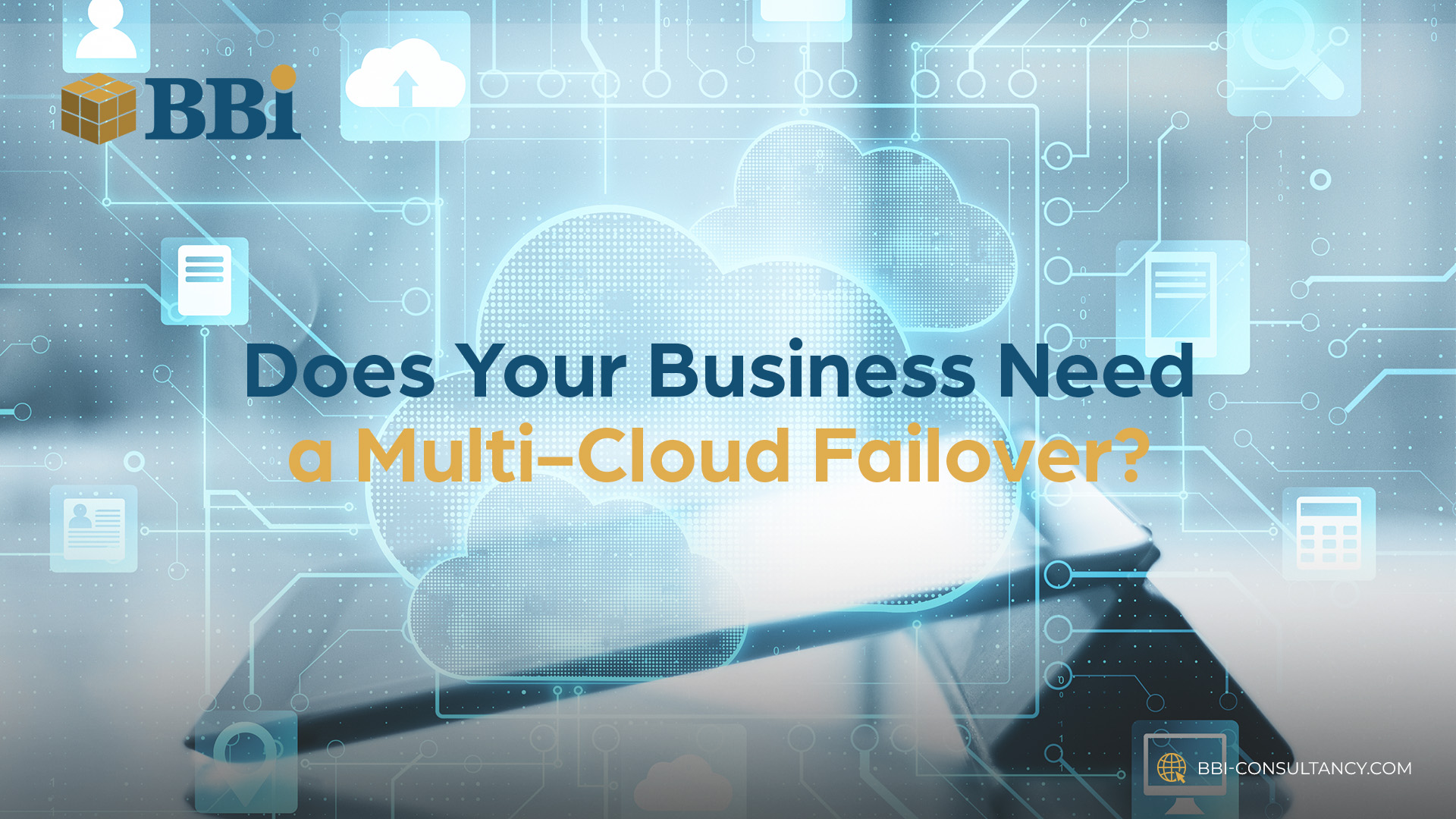

The recent global Azure outages are once again bringing the need for a multi-cloud failover in contention. Aside from the recent Azure Windows VM outage, multiple outages have had global network impact in the past couple of years. Many regulators and service providers are all the more resolute on the need to have multi-cloud failover in place.
However, a multi-cloud failover system also entails additional investments. The failover process must also be tested numerous times every year to make sure it operates as intended in case of outages. Then, there are also analysts who consider multi-cloud failover unnecessary. So, the question is, does your business really need a multi-cloud failover?
Factors to Consider When Determining Whether You Need a Multi-Cloud Failover
1. Cost of downtime
With the world’s sudden thrust into complete digitalization, businesses are almost completely reliant on network systems. Regardless of business size or industry, hourly downtime costs will continue to increase in the near future. In 2020, 98 percent of firms reported that every hour of downtime costs them more than $100,000 per year with one out of four firms losing $301,000 to $400,000. With increased dependency on digital platforms, downtime costs will impact revenue immensely.
If you have an eCommerce shop or offer services that require 24/7 operations, a multi-cloud failover can ensure that your website is always running.
2. Server Synchronization
Cloud failover is suited for businesses that use content where server synchronization is important. It enables seamless access to multi-site deployments. Let’s say your business uses a single sign-on server.
A cloud failover ensures that your workforce can authenticate access anytime and anywhere.
3. Latency issues
Cloud failover systems may introduce a little extra latency of around 20 to 30ms. Switching from one cloud to another does not rely on DNS and will not change IP addresses, but it can result in increased latency. So, it may not be an ideal solution for online gaming or trading businesses that require as little latency as possible.
4. Bandwidth Costs
A multi-cloud failover entails additional bandwidth costs. To eliminate single points of failure, the traffic is directed through different cloud networks in a cloud failover. For high traffic sites or applications, this can result in a substantial increase in cost.
5. Remote access
If you have implemented hybrid work models, a multi-cloud failover ensures uninterrupted access from remote locations. Your teams can access apps and data easily, share and transfer files seamlessly, and collaborate more efficiently.
Go Over All Factors Before Choosing a Failover
Some business organizations have already embraced a multi-cloud strategy. The use of multiple cloud providers gives them a sense of safety and control. A multi-cloud failover system provides them assurance that they can continue operating even when their primary cloud provider suffers from outages, breaches, or other events.
However, you must consider factors unique to your business before resorting to multi-cloud failover. Analyze the pros and cons of different failovers systems and solutions before deciding which one is most appropriate for your business.

